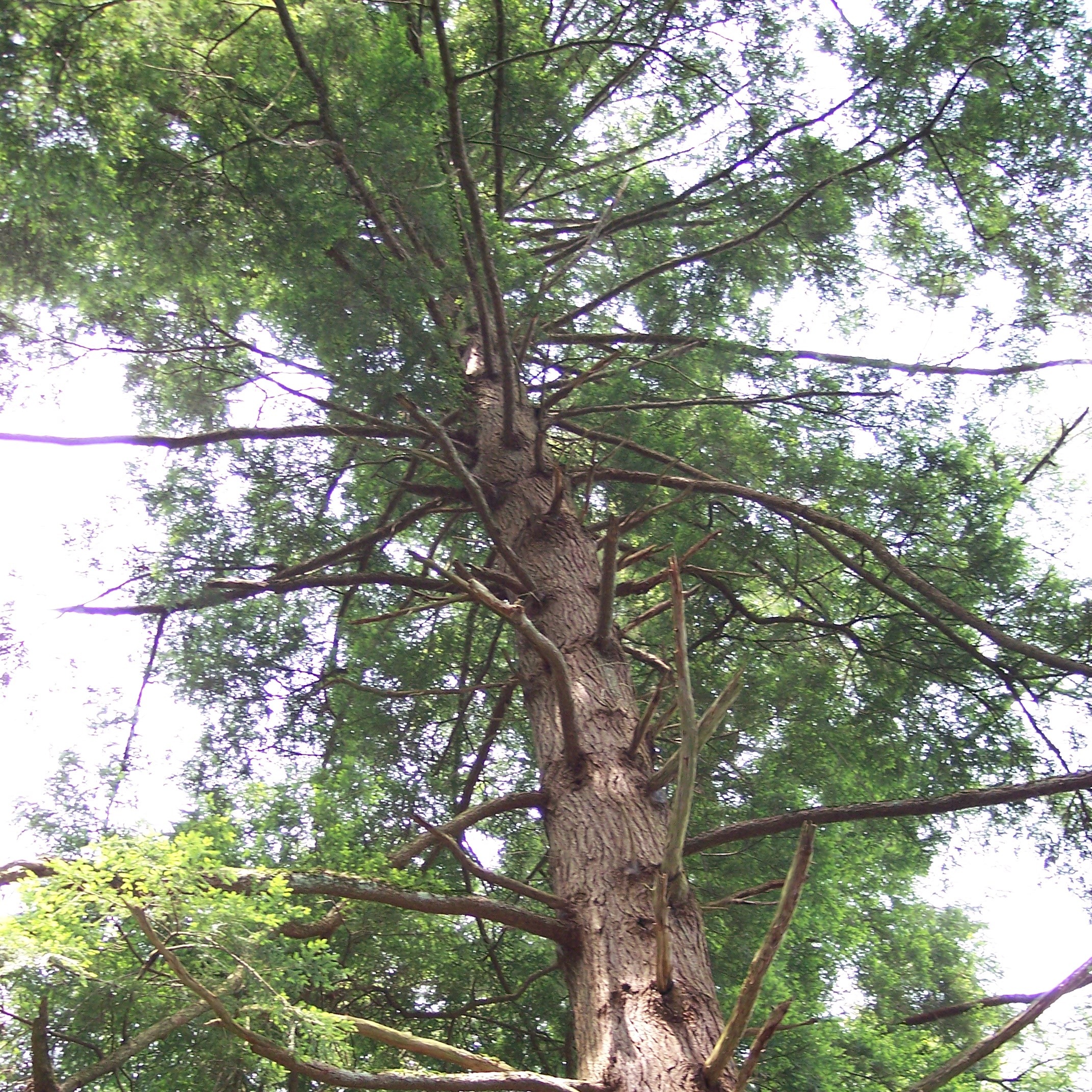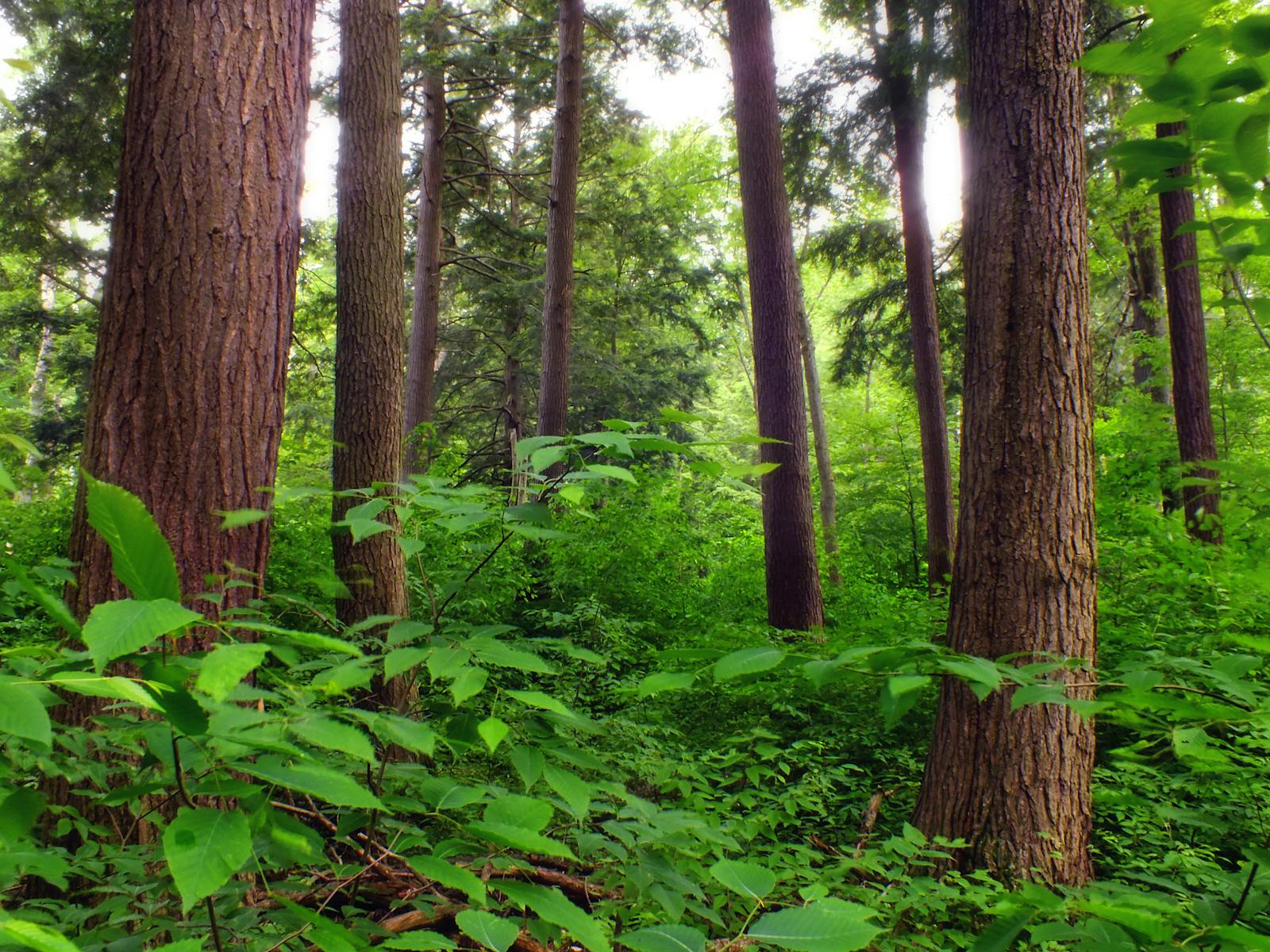Allegheny Highlands Forests
The ecoregion’s land area is provided in units of 1,000 hectares. The conservation target is the Global Safety Net (GSN1) area for the given ecoregion. The protection level indicates the percentage of the GSN goal that is currently protected on a scale of 0-10. N/A means data is not available at this time.
Bioregion: Appalachia & Allegheny Interior Forests (NA24)
Realm: Northern America
Ecoregion Size (1000 ha):
7,329
Ecoregion ID:
328
Conservation Target:
66%
Protection Level:
0
States: United States: PA, NY
This ecoregion encompasses a large part of the Allegheny Plateau physiographic province, including both unglaciated and glaciated portions, in Pennsylvania and New York. It roughly corresponds to the Allegheny Section of the Northern Appalachian Highland Division of the Hemlock-White Pine-Northern Hardwoods region, as defined by plant ecologist E. Lucy Braun. The geology is diverse, with Paleozoic shales, sandstones, limestones, and chert. The topography is generally hilly with some deeply cut river valleys and many waterfalls.
The Finger Lakes are in the glaciated New York portion of this ecoregion and overlap the Eastern Great Lakes Lowland Forests ecoregion to the north. These lakes were created by glaciers, which scoured, widened, and deepened existing river valleys. Glacial debris then dammed rivers and created the lakes. The surrounding uplands, however, show little effects of glaciation, suggesting the ice was thin. Lucy Braun observes that there is no apparent vegetation boundary corresponding to the Wisconsin glacial boundary.

The flagship species of the Allegheny Highlands Forests ecoregion is the eastern hemlock. Image credit: Creative Commons
The Allegheny Highlands Forests ecoregion, with its cold temperate climate, was similar in pre-settlement vegetation to the northern portions of the adjacent Appalachian-Blue Ridge Forests and Appalachian Mixed Mesophytic Forests ecoregions, though it lacks the high-elevation communities of the former and is not as species-rich as the latter.
The pre-settlement forests were predominantly hemlock-white pine-northern hardwoods forests. Most of these stands were dominated by eastern hemlock and beech. Sugar maple replaces hemlock on many less moist sites, possibly because hemlock has been eliminated by fire, often related to logging. Common associates of both hemlock-beech and beech-maple forests are red maple, yellow and black birch, white ash, and black cherry. White pine occurred in relatively pure stands that originated after fire or windthrow, and occasionally reached great age and height. Braun notes that the hemlock-hardwoods forests occupied almost the entire Allegheny Plateau except where it is deeply cut by streams, but that remnants of the pre-settlement vegetation are scarce.
The Allegheny Highlands Forests ecoregion has been damaged by logging, agriculture, and exotic species, among other threats. Most of the ecoregion was cleared by loggers between 1890 and 1920. This logging favored regeneration of hardwoods over conifers. It also produced large quantities of logging slash, which fueled large high-severity fires. Today, only a few pockets of old-growth forest remain, and most other natural communities are degraded. Eastern hemlock trees are succumbing to the introduced hemlock wooly adelgid insect across most of the region, and over-abundant white-tailed deer harm forest regeneration and populations of many other palatable plants. Agriculture, especially in the western and central lowlands of the ecoregion, has been a major source of habitat loss.
Priority conservation actions for the next decade are to: 1) greatly increase federal, state, and local acquisition of conservation lands, and improve management of existing conservation lands; 2) reduce or eradicate populations of problematic exotic species, such as the hemlock wooly adelgid; and 3) reintroduce populations of extirpated species such as eastern cougar, which will help control white-tailed deer.
Citations
1. Braun, E.L. 1950. Deciduous Forests of Eastern North America. Blackburn Press, Caldwell, NJ.
2. Ricketts, T.H. et al. 1999. Terrestrial Ecoregions of North America: A Conservation Assessment. Island Press, Washington, D.C.
3. Whitney, C.G. 1984. Fifty years of change in arboreal vegetation of Heart’s Content, an old growth hemlock-white pine-northern hardwood stand. Ecology 65:403-408.



